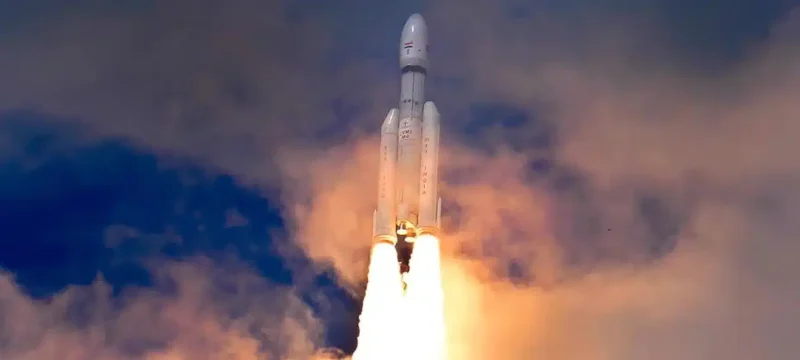India stands on the brink of a historic achievement as it prepares to land its Chandrayaan-3 spacecraft on the moon, a feat accomplished by only three other nations. The Indian Space Research Organization (ISRO) has confirmed that Chandrayaan-3, meaning “moon vehicle” in Sanskrit, is on course for a lunar touchdown, potentially establishing India as a global space superpower.
Read More: Russia Luna-25 Spacecraft Crashes On The Moon, Ending Its Mission
Chandrayaan-3’s landing site, near the moon’s south pole, holds particular scientific and strategic significance. This region is believed to contain water ice deposits, vital for future space missions. Russia’s recent lunar landing attempt failed, making India’s endeavor all the more momentous.
The Chandrayaan-3 mission comprises a lander, rover, and propulsion module. The lander, named Vikram, will execute precise maneuvers for a soft landing, followed by the deployment of the rover, Pragyan. These instruments are equipped with scientific tools to analyze the lunar surface, including a seismometer to detect moonquakes.
India’s space program, in collaboration with global allies, is part of the second wave of emerging space powers. The Chandrayaan-3 mission has captured national pride and interest, positioning India as a significant player in lunar exploration alongside countries like China and Japan.
This endeavor comes at a time when over a dozen countries plan lunar missions, including the United States’ ambitious Artemis program. While moon landings remain a formidable challenge, they offer substantial scientific rewards, making them a focus of renewed global interest in lunar exploration. India’s progress in space exploration adds an exciting chapter to humanity’s quest for lunar knowledge.









